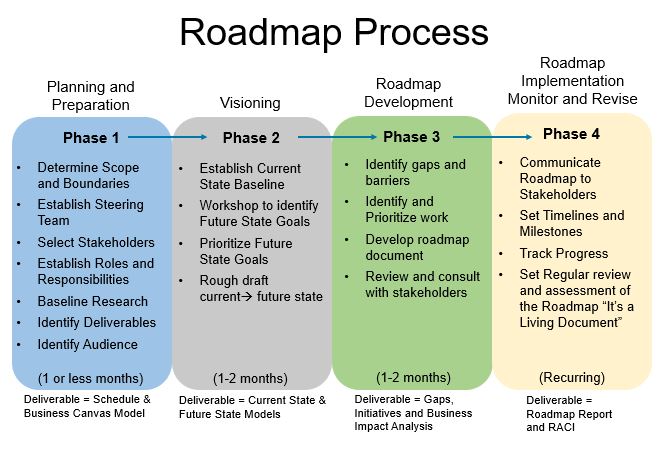
As a leader of several high performing teams, I have identified the most important reasons I feel these teams excel. These traits apply to all teams, not just work teams.
1. The team must have clarity and direction
- Make sure your team knows what is important and why.
- Repeatedly share your team roadmap and goals.
2. Hire and recruit great talent
- Surround yourself with people smarter than you.
- Don’t settle for “ok” talent.
- They must be team players.
- They must be hungry and driven to succeed.
- I always try to hire from referrals of people I trust.
3. Empower and grow your team
- Employee growth is a powerful motivator. Sending staff to training and giving them the responsibility to make decisions is satisfying.
- If you do not grow your staff, you may miss out on your next promotion, because nobody can fill your shoes.
- Mentor and guide staff rather than do the work for them.
4. Address gaps in staffing or talent
- If your team is expected to provide a service, yet nobody owns this service or has time for it, you will have a very unhappy group. Hire, train or free up staff’s time.
- If you can’t hire a full-time position to fill a gap, start by hiring a contractor.
- If you can’t fill the gap, then stop doing the service all together until resources are made available to your team. If it is important, resources will be available; otherwise, it is not important to the organization.
5. Create a safe environment
- If your team is afraid to make mistakes, they will also be scared to make progress.
- The process of failure and the ability to quickly adjust is vital to creating a safe environment. We fail all the time, yet I never see it as a failure because “You never fail until you stop trying” Albert Einstein
6. Right size the work and expectations
- Don’t take on everything. High performing teams will be in constant demand. Be realistic about what your team can accomplish and stay focused on what is important.
7. Promote work-life balance
- We all have personal lives, which is the most important. If things at home are not in order, people cannot focus or do a good job.
8. Lead your team by example
- If you want people to act in a certain way, make sure you act that way. For example: If you expect folks to keep the place clean and tidy, then pick-up any garbage and clean up after others. The impact is amazing, and others will soon be doing the same.
9. Be decisive
- As the leader, make a good decision at the time but don’t get bogged down with perfect, good is good enough, there is no such thing as perfect.
- Be agile and flexible enough to identify when it’s time to change your decision. As more information becomes available, it is imperative that you can confidently change your plans.
10. Be your team’s cheerleader and shield
- Always represent your team positively.
- If your team does not meet expectations, as the leader, you accept the blame to shield your staff. Your team needs to know that you have their back and that they can trust you.
If you’re on a team, or lead a team, striving towards these 10 traits will help your team outperform expectations.

